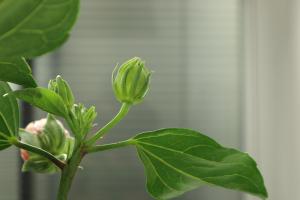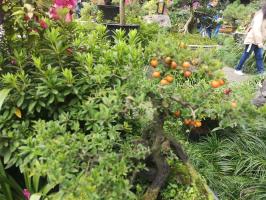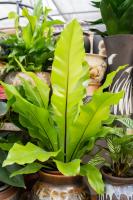1、 Soil
Cultivating duck celery needs neutral soil with strong water holding capacity and rich organic matter. Nutrient soil can be prepared by mixing mountain mud, garden soil, humus and rice husk ash, which is more conducive to its growth
2、 Illumination
It prefers a semi shady environment, but needs light when the seeds germinate. It is recommended to breed in a place with insufficient indoor light but good ventilation or under the forest outdoors, so that it will grow better
3、 Temperature
It is relatively cold resistant. It is best to keep the temperature in the first 15-22 ℃ in summer and spring and autumn. It also needs to be cooled appropriately when it is high in summer. If it is cultured outdoors, shading net can be used for shading and cooling. Keep it at about 8 ℃ in winter
4、 Watering
It likes cold and humid environment, and its humidity should be checked frequently before emergence. Water every morning and evening in summer, 2-3 days in spring and autumn and 4-6 days in winter, and reduce the amount of water appropriately
5、 Fertilization
It prefers fertilizer, and the main stage of fertilization is before planting. Applying a certain amount of compound fertilizer and organic fertilizer before planting is more conducive to its growth. After delaying the seedling, topdressing shall be conducted once every 10 days for a total of 3 times, and urea topdressing can be used

 jackfruit
jackfruit snake plant
snake plant hibiscus
hibiscus hydrangea
hydrangea lavender
lavender Green roses climb al...
Green roses climb al... If you don't pay att...
If you don't pay att... Management of four g...
Management of four g...



































